7 Gourmet Vegetables to Plant Now for Fall Harvest
Easy-to-grow ’cool season’ crops that you might have overlooked – plant them in mid-summer for a successful autumn harvest.
7 Gourmet Vegetables to Plant Now for Fall Harvest
Easy-to-grow ’cool season’ crops that you might have overlooked – plant them in mid-summer for a successful autumn harvest.
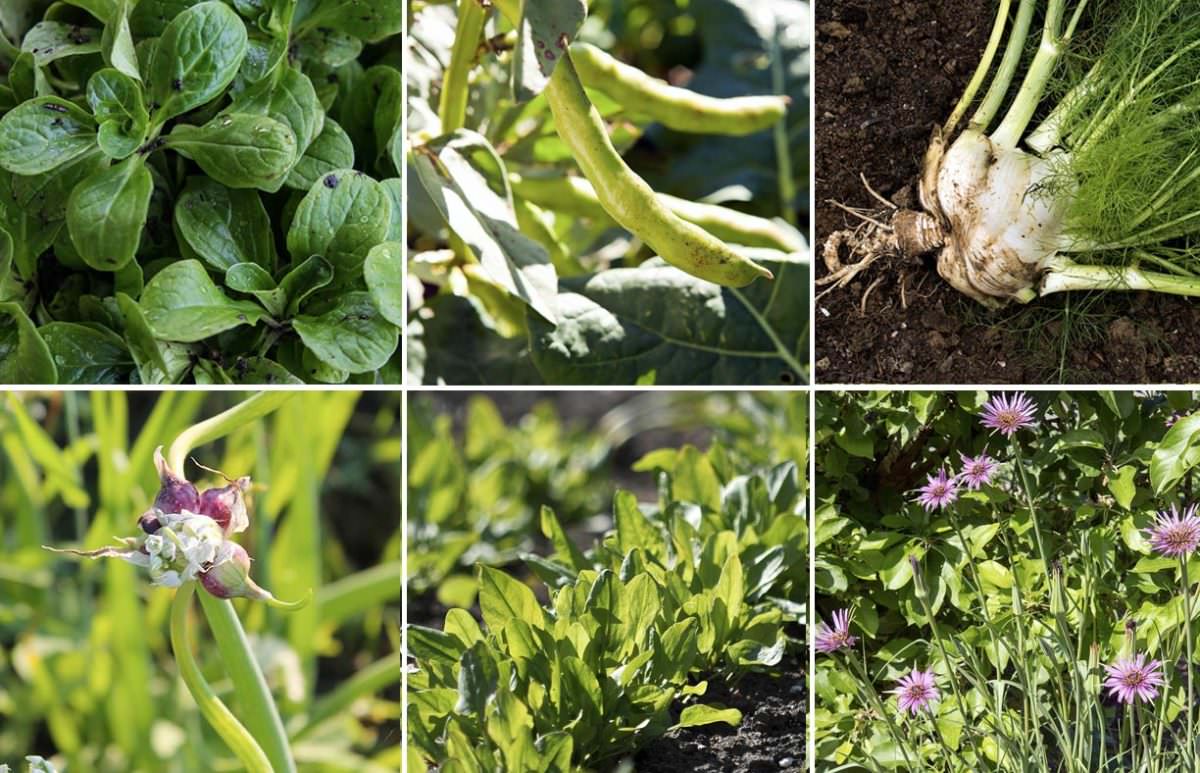
Broccoli, lettuce, kale, arugula, radishes—most gardeners know these “cool season” crops fail to thrive in summer but also grow crisp and tasty in the lengthening days of early fall. Yet these grocery store staples are but the tip of the iceberg of fall crops. Colorful, slightly salty orach greens and sweet and juicy fennel bulbs are but two that you might have missed as you planned your fall garden.
Despite the name, cool-season crops must be planted in the dog days of summer in order to mature before the first frost of fall. Unlike frost-sensitive “warm season” crops, most fall vegetables will continue to produce until a deep freeze hits (meaning all winter in mild climates), but only if they get up to size while the weather is still fairly warm.
To determine the optimal planting date, simply count backward from the average date of first frost in your area (find the date here) by the number of “days to maturity” listed on the seed package. Orach, for example, requires 50 to 60 days from sowing seed to maturity, so if you live in Memphis where the first frost usually comes around November 13th, plant it by mid-September. In Minneapolis, where the frost comes around October 5th, plant it no later than mid-August.
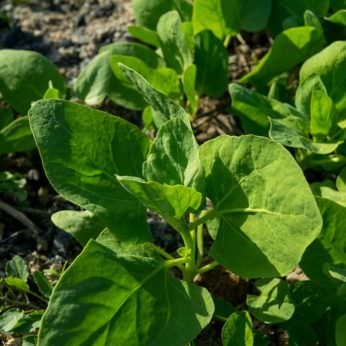
Orach
50 to 60 days to maturity
Also known as saltbush, this Mediterranean green is distantly related to spinach. It has a similar flavor, but with a unique salty bite. It is extremely easy to grow, eventually reaching 3 to 4 feet in height, providing a plethora of greens for both salads and stir fries. Start harvesting leaves once the seedlings are 6 inches tall, but don’t harvest the entire plant – it will keep producing if you let it grow up and out. There are several colorful varieties to choose from.
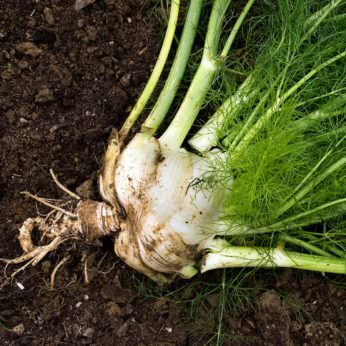
Fennel Bulb
90 to 110 days to maturity
Another Mediterranean specialty, this type of fennel is grown as a vegetable, not an herb. In Italy, it’s known as finocchio, where it is commonly diced and added to salads. It has the same anise-like flavor as the herb, but in the form of a juicy, crunchy vegetable. The “bulb” in this case is not part of the root system, but refers the swollen base of the stem. For the sweetest, juiciest bulbs, plant in a bed of loose soil that is amply enriched with compost and well-irrigated. To produce the bright white vegetable preferred by chefs, pile a bit of soil around the base of the plants as the bulbs mature to prevent photosynthesis. Fennel bulbs size up slowly, but the undersize bulbs are succulent, delicious, and totally worth harvesting should a hard freeze come before they mature.
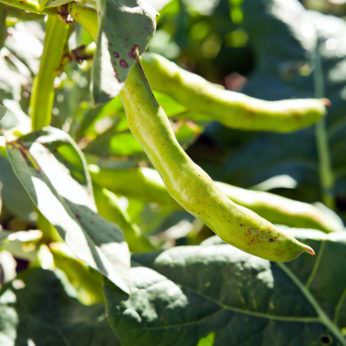
Fava Beans
70 to 90 days to maturity
A cool weather vegetable rooted in the ancient culinary traditions if the Middle East and Mediterranean Basin, fava beans are more often grown in North America as a nitrogen-fixing “cover crop” than for food. But most people who’ve tasted steamed favas – they are nutty like lima beans and slightly sweet like a tender pole bean – can’t understand why the rest of the world hasn’t caught on. Favas are most often consumed when the beans are green and tender, though you may also dry them to use in soups. This robust, pest-resistant crop makes its own nitrogen, so no fertilizer is required. Make sure to choose varieties selected for flavor, such as Sweet Lorane or Aquadulce, rather than the more bitter varieties intended as cover crops.
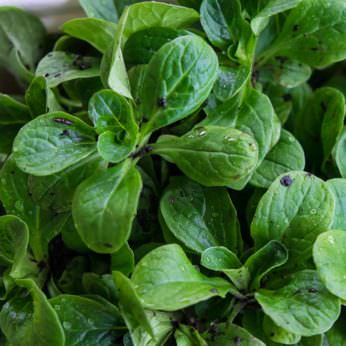
Mache
30 to 40 days to maturity
Also known as corn salad, this petit green has a sweet, mild flavor akin to baby lettuce. Ready to harvest at a height of just 2 to 3 inches, mache is typically planted densely and harvested en masse by trimming it down with scissors. You can grow it as a groundcover around taller vegetables. Mache deplores heat and will not germinate in soil temperatures above 70 degrees. It matures quickly, however, so wait to plant this one until early fall.
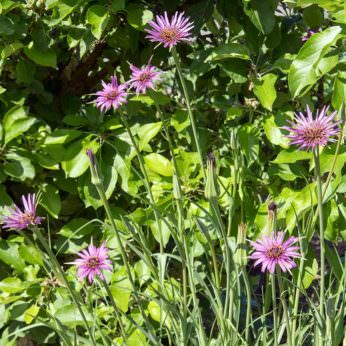
Salsify
110 to 130 days to maturity
This slender root crop has a unique earthy, salty flavor that some consider fishy, hence the alternative name, oyster plant. There are two types of salsify – one has black skin and longer roots, the other is shorter and white – but both have the same growing requirements, which are minimal: plant them in loose, modestly fertile soil, water when dry, and let nature do the rest. Salsify matures slowly, but is quite cold hardy, and will overwinter in the ground in all but the most frigid climates, allowing for a spring harvest. A blanket of mulch helps them survive in the snow and ice. The tender greens that sprout in spring are also edible, and if you leave a few roots to grow until they send up flower stalks, you’ll be rewarded with stunning mauve blossoms in summer. Roast, bake, or steam the roots as you would potatoes or parsnip.
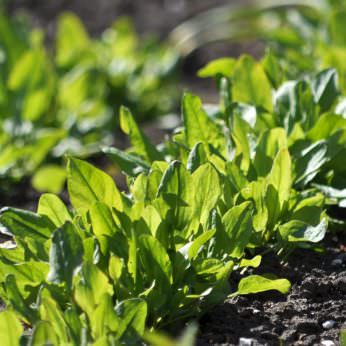
Sorrel
40 to 60 days to maturity.
Adored by French chefs, sorrel is a tangy green that adds zest to salads and soups. Quick to mature, sorrel is easily grown from seed, but rooted seedlings are also available online, which can be planted up to within a few weeks of the first frost. This plant is unusually cold hardy and reappears for an early spring harvest in most regions. It is also tolerates a half day of shade – a rarity among vegetables.

Top-Set Onions
from bulbs, 65 to 79 days to maturity
This perennial onion, also called a tree onion, grows year after year, unlike ordinary onions which must be replanted annually. Top-set onions can be planted in any season, though they grow best when established in late summer. Grown this way, they won’t produce a crop until the following spring, when small, shallot-size bulbs will emerge at the top of the three-foot stalks, rather than underground. In fall, the stalks topple over and deposit any unharvested bulbs on the ground, essentially sowing the next crop. For this reason, they are also referred to as walking onions – they slowly spread themselves throughout the garden in this manner over many years. They are much less finicky to grow than other onions, though they have a slightly more pungent flavor. Seed is rarely available; order bulbs to plant instead.
Follow us
This work is licensed under a Creative Commons Attribution-NoDerivatives 4.0 International License.
Want to republish a Modern Farmer story?
We are happy for Modern Farmer stories to be shared, and encourage you to republish our articles for your audience. When doing so, we ask that you follow these guidelines:
Please credit us and our writers
For the author byline, please use “Author Name, Modern Farmer.” At the top of our stories, if on the web, please include this text and link: “This story was originally published by Modern Farmer.”
Please make sure to include a link back to either our home page or the article URL.
At the bottom of the story, please include the following text:
“Modern Farmer is a nonprofit initiative dedicated to raising awareness and catalyzing action at the intersection of food, agriculture, and society. Read more at <link>Modern Farmer</link>.”
Use our widget
We’d like to be able to track our stories, so we ask that if you republish our content, you do so using our widget (located on the left hand side of the article). The HTML code has a built-in tracker that tells us the data and domain where the story was published, as well as view counts.
Check the image requirements
It’s your responsibility to confirm you're licensed to republish images in our articles. Some images, such as those from commercial providers, don't allow their images to be republished without permission or payment. Copyright terms are generally listed in the image caption and attribution. You are welcome to omit our images or substitute with your own. Charts and interactive graphics follow the same rules.
Don’t change too much. Or, ask us first.
Articles must be republished in their entirety. It’s okay to change references to time (“today” to “yesterday”) or location (“Iowa City, IA” to “here”). But please keep everything else the same.
If you feel strongly that a more material edit needs to be made, get in touch with us at [email protected]. We’re happy to discuss it with the original author, but we must have prior approval for changes before publication.
Special cases
Extracts. You may run the first few lines or paragraphs of the article and then say: “Read the full article at Modern Farmer” with a link back to the original article.
Quotes. You may quote authors provided you include a link back to the article URL.
Translations. These require writer approval. To inquire about translation of a Modern Farmer article, contact us at [email protected]
Signed consent / copyright release forms. These are not required, provided you are following these guidelines.
Print. Articles can be republished in print under these same rules, with the exception that you do not need to include the links.
Tag us
When sharing the story on social media, please tag us using the following: - Twitter (@ModFarm) - Facebook (@ModernFarmerMedia) - Instagram (@modfarm)
Use our content respectfully
Modern Farmer is a nonprofit and as such we share our content for free and in good faith in order to reach new audiences. Respectfully,
No selling ads against our stories. It’s okay to put our stories on pages with ads.
Don’t republish our material wholesale, or automatically; you need to select stories to be republished individually.
You have no rights to sell, license, syndicate, or otherwise represent yourself as the authorized owner of our material to any third parties. This means that you cannot actively publish or submit our work for syndication to third party platforms or apps like Apple News or Google News. We understand that publishers cannot fully control when certain third parties automatically summarize or crawl content from publishers’ own sites.
Keep in touch
We want to hear from you if you love Modern Farmer content, have a collaboration idea, or anything else to share. As a nonprofit outlet, we work in service of our community and are always open to comments, feedback, and ideas. Contact us at [email protected].by Brian Barth, Modern Farmer
August 16, 2017
Modern Farmer Weekly
Solutions Hub
Innovations, ideas and inspiration. Actionable solutions for a resilient food system.
ExploreExplore other topics
Share With Us
We want to hear from Modern Farmer readers who have thoughtful commentary, actionable solutions, or helpful ideas to share.
SubmitNecessary cookies are absolutely essential for the website to function properly. This category only includes cookies that ensures basic functionalities and security features of the website. These cookies do not store any personal information.
Any cookies that may not be particularly necessary for the website to function and are used specifically to collect user personal data via analytics, ads, other embedded contents are termed as non-necessary cookies.